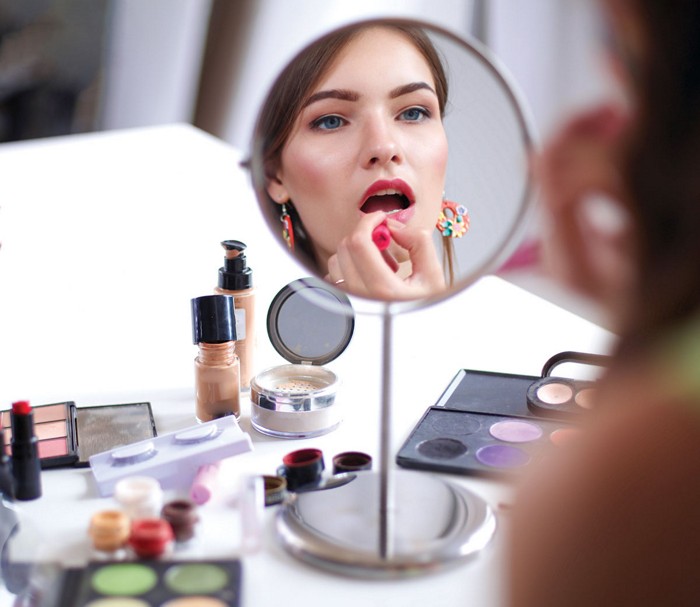Advertisement
Grab your lab coat. Let's get started
Welcome!
Welcome!
Create an account below to get 6 C&EN articles per month, receive newsletters and more - all free.
It seems this is your first time logging in online. Please enter the following information to continue.
As an ACS member you automatically get access to this site. All we need is few more details to create your reading experience.
Not you? Sign in with a different account.
Not you? Sign in with a different account.
ERROR 1
ERROR 1
ERROR 2
ERROR 2
ERROR 2
ERROR 2
ERROR 2
Password and Confirm password must match.
If you have an ACS member number, please enter it here so we can link this account to your membership. (optional)
ERROR 2
ACS values your privacy. By submitting your information, you are gaining access to C&EN and subscribing to our weekly newsletter. We use the information you provide to make your reading experience better, and we will never sell your data to third party members.
Persistent Pollutants
PFAS undisclosed in most cosmetics sold in the US and Canada
Study finds hundreds of products contain fluorinated compounds not listed on the label
by Britt E. Erickson
June 16, 2021
| A version of this story appeared in
Volume 99, Issue 23

Per- and polyfluoroalkyl substances (PFAS) are widely used in cosmetics, but the majority of such products sold in the US and Canada do not disclose fluorinated ingredients on their labels, according to a new study (Environ. Sci. Technol. Lett. 2021, DOI: 10.1021/acs.estlett.1c00240).
The work, led by physics professor Graham Peaslee of the University of Notre Dame, involved testing more than 200 cosmetics purchased in the two countries. More than half of the products contained fluorine, suggesting the presence of PFAS, but less than 8% listed PFAS on their label. Foundations, waterproof mascaras, and liquid lipsticks had the highest levels of total fluorine.
To get a better handle on the types of PFAS in the products, the researchers analyzed 29 of the products using targeted chromatography with mass spectrometry. They confirmed that all 29 contained PFAS.
“We found new types of PFAS that hadn’t been found in prior studies,” Peaslee said at a June 15 briefing. Those compounds include fluorotelomer alcohols and methacrylates, which are precursors to harmful perfluorinated carboxylic acids. Of the 29 products, 20 contained high levels of PFAS, implying that manufacturers intentionally added the chemicals to make the products waterproof or longer lasting, Peaslee said. Only one of the 29 products had PFAS listed on the label.
“This should be a wake-up call for the cosmetics industry,” David Andrews, a senior scientist at the advocacy organization Environmental Working Group, says in a statement. “Some PFAS chemicals are highly toxic at very low doses, so no PFAS should be used in personal care products.”
In conjunction with the release of the study, US Sens. Susan Collins (R-ME) and Richard Blumenthal (D-CT) introduced the proposed No PFAS in Cosmetics Act. That bill would direct the Food and Drug Administration to ban manufacturers from intentionally adding PFAS to cosmetics.
Rep. Debbie Dingell (D-MI) is expected to introduce a companion bill in the US House of Representatives in the coming days.
PFAS in cosmetics impacts everybody, not just people who wear makeup, Dingell said at the June 15 briefing. The chemicals can get into drinking water, land, or air, either during the manufacturing of cosmetics “or when we [consumers] wash them down the drain.”





Join the conversation
Contact the reporter
Submit a Letter to the Editor for publication
Engage with us on Twitter